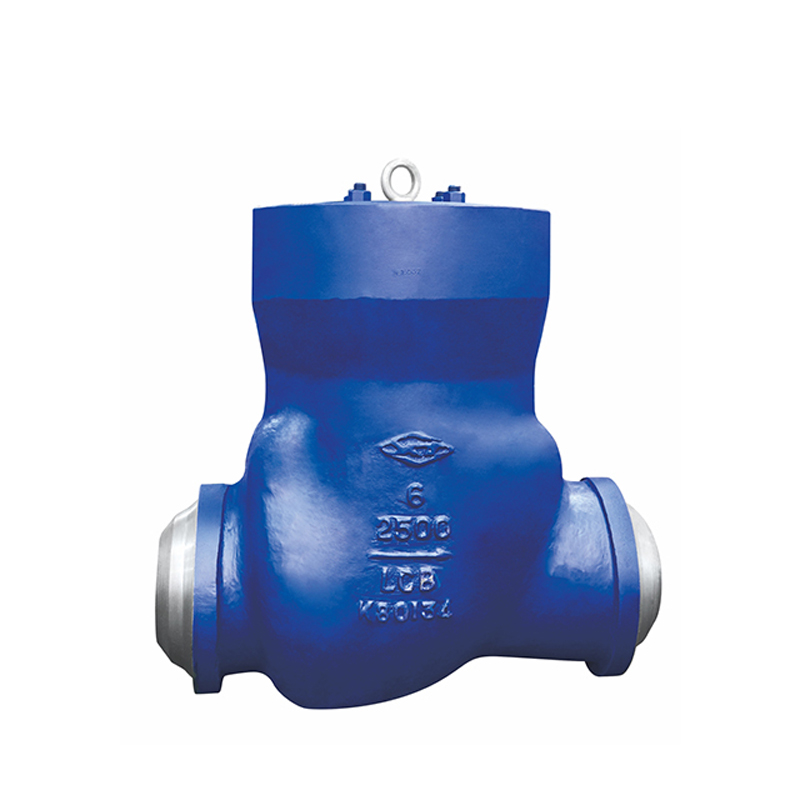هاتف : +86-18059296519
Whatsapp : +8618059296519
بريد إلكتروني : [email protected]
يعتبر لحام المقبس واللحام التناكبي من تقنيات اللحام المتميزة المستخدمة لربط الأنابيب معًا. على الرغم من أن كلا الطريقتين لربط الأنابيب شائعتان، إلا أن هناك بعض الاختلافات الرئيسية بينهما.
يمكن أن تكون اللحامات المقبسية أقوى من الوصلات الملحومة بعقب في بعض الحالات، فضلاً عن أنها تتمتع بمتانة أفضل ومقاومة للتآكل.
عندما يتعلق الأمر بتوصيلات الأنابيب، هناك طرق مختلفة متاحة. اثنان من الأكثر شعبية هما اللحام بالمقبس واللحام التناكبي.
كلا النوعين من اللحام فعالان في ربط الأنابيب معًا، ولكن لكل منهما مميزاته وعيوبه. من الضروري تحديد طريقة اللحام التي تناسب مشروعك قبل البدء.
أحد الفروق الرئيسية بين اللحامات المقبسية واللحامات التناكبية هو القوة. تعتبر اللحامات المقبسية أقوى لأنها لا تحتوي على أي مادة حشو لحام، مما يجعلها أقل عرضة للفشل في ظل ظروف الضغط العالي.
تعتبر اللحامات بالمقبس أسهل في التثبيت من اللحامات التناكبية، لأنها تتطلب الحد الأدنى من الإعداد ومهارات اللحام الأساسية فقط.
تُستخدم اللحامات المقبسية بشكل شائع لربط الأنابيب الأصغر حجمًا، عادةً تلك التي يقل قطرها عن 2 بوصة (50 مم). ومع ذلك، يمكن أيضًا استخدامها على الأنابيب الأكبر حجمًا، بشرط أن تكون بنفس الحجم والشكل.
يتم تحديد مقاومة التآكل لحام المقبس وفلنجات اللحام التناكبي بعدة عوامل، مثل السائل الذي يتم نقله وسمك جدار الأنبوب.
لحام المقبس هو اتصال قياسي يستخدم لربط الأنابيب ذات القطر الأصغر وإنشاء فروع من خطوط الأنابيب الموجودة. تشتمل التركيبات على تجويف للأنبوب، مما يجعل وضعه سهلاً ويمنع فشل الضغط عندما يتمدد أثناء اللحام.
تعتبر اللحامات التناكبية خيارًا أكثر موثوقية لوصلات الصمامات الإبرة، ولكنها تتطلب خبرة ووقت عامل لحام ذي خبرة. ومع ذلك، توفر اللحامات التناكبية قوة أكبر ومقاومة للتسرب.
تعتبر لحامات المقبس أسهل في التثبيت، ولكنها تتطلب وجود فجوة تبلغ حوالي 1/16 بوصة في الجزء السفلي من الأنبوب حيث سيتم توصيل الصمام. توفر هذه الفجوة مساحة للتمدد الحراري ولكنها قد تؤدي إلى مشكلة الضغط الزائد التي تؤدي إلى تشقق شرائح اللحام الخاصة بالتركيب.
اللحام التناكبي عبارة عن مفصل لحام مباشر يربط قطعتين معدنيتين من طرف إلى طرف. عندما يصطدم عامل اللحام بقوس، يتم تغذية مادة الحشو في الفجوة بينهما حتى تشكل مجموعة من المعدن المنصهر الذي يخترق المفصل بأكمله.
هذا النوع من اللحام هو الأنسب للأجزاء المعدنية الرقيقة مثل إطارات عجلات الدراجات وقضبان السكك الحديدية. لضمان الاختراق المناسب في المفاصل، يجب على عامل اللحام تهيئة الأسطح مسبقًا قبل البدء.
توفر اللحامات التناكبية قوة كبيرة، ولكنها تتطلب وقتًا أطول للتجميع من اللحامات المقبسية. علاوة على ذلك، قد تواجه اللحامات التناكبية مشاكل في خدمة السوائل المسببة للتآكل بسبب تآكل الشقوق؛ وبالتالي، فهي لا تستخدم عادة في العديد من التطبيقات.
عند البحث عن طريقة لربط قطعتين من الأنابيب معًا، هناك عدة خيارات مختلفة. بعض من الأكثر شعبية تشمل لحام المقبس واللحام بعقب.
توفر اللحامات التناكبية قوة أكبر وتستخدم بشكل متكرر في خطوط الأنابيب التي تخضع لضغط أو درجات حرارة عالية. علاوة على ذلك، فهي أكثر متانة ومقاومة للتآكل.
ومع ذلك، فإن إنتاج اللحامات التناكبية أكثر تكلفة من إنتاج اللحامات المقبسية وتتطلب لحامًا ماهرًا للتجميع. بالإضافة إلى ذلك، فإنها تستغرق وقتًا أطول لإكمالها وقد يكون من الصعب ملاءمتها بشكل صحيح.
تعد لحامات المقبس أبسط وأسرع في التركيب، وتتطلب فجوة تبلغ حوالي 1/16 بوصة بين كتف التركيب ونهاية الأنبوب للتمدد الحراري.
ومن الضروري أن تكون الفجوة كبيرة بما يكفي؛ وإلا، فإنه يمكن أن يسبب مشاكل الإجهاد التي تؤدي إلى تشقق شرائح اللحام الخاصة بالتركيب. علاوة على ذلك، قد تتآكل الأجزاء الداخلية الملساء للأنابيب بسبب هذا الانقطاع في الوصلة، مما يؤدي إلى فقدان القوة والسلامة في جميع أنحاء النظام.
